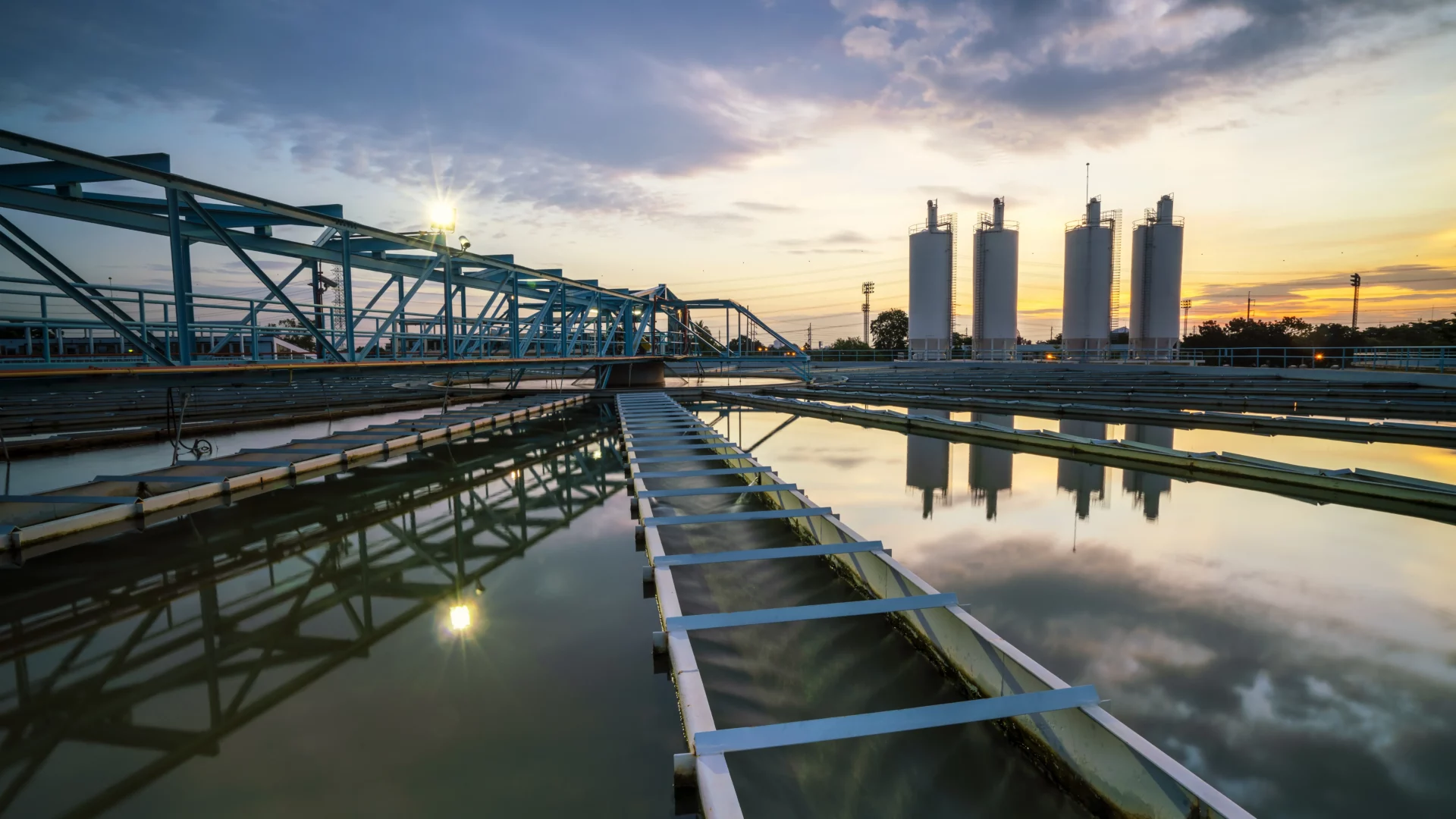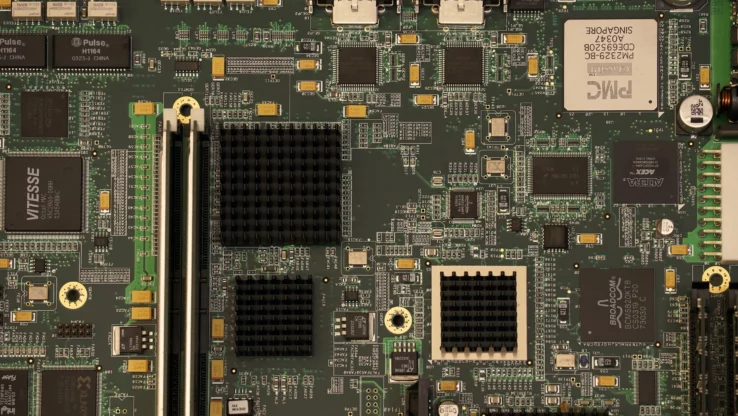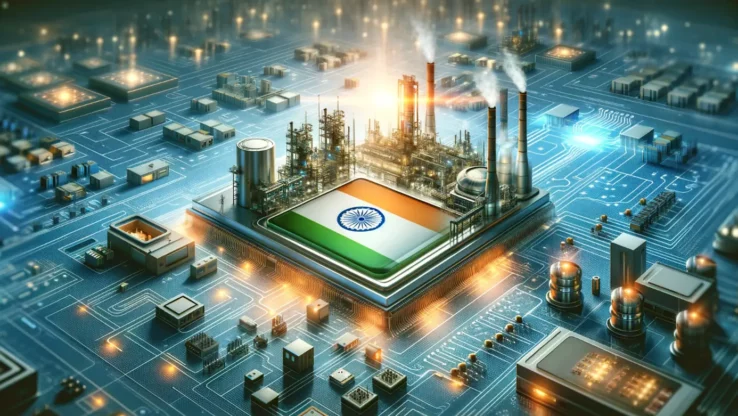Efficient Water Management: A Central Challenge for the Semiconductor Industry
12. June 2024
The semiconductor industry forms the foundation of modern technology. The demand for semiconductors is rapidly increasing, driven by their use in a variety of devices such as smartphones, computers, and autonomous vehicles. A critical but often overlooked aspect of semiconductor production is the enormous water consumption. In light of global challenges such as water scarcity and growing environmental awareness, efficient water management in the semiconductor industry is essential.
The Water Demand of Semiconductor Production
The manufacturing of semiconductors is extremely water-intensive. A single silicon wafer, the basis of a semiconductor, requires up to 3,000 liters of ultrapure water to meet the stringent requirements of production processes. The largest amounts of water are consumed in the so-called “fabs” (fabrication plants), where the actual chips are produced. A typical semiconductor plant can consume millions of liters of water daily, placing immense demands on water treatment and supply systems.
Rising Demand and Its Implications
The demand for semiconductors is growing exponentially, driven by industries such as automotive, consumer electronics, and the Internet of Things (IoT). Gartner predicts that the global semiconductor market will reach a volume of $624 billion by 2024. In 2023, the semiconductor industry reached a value of $573 billion and is expected to grow to over $1 trillion by 2030, according to Bluefield Research. This immense growth brings significant challenges for water supply in production processes.
Advances in Water Management
To meet the high water demand, semiconductor companies are investing in advanced water management technologies. Recycling and reusing process water are at the forefront of these efforts. Companies like Intel and TSMC are using state-of-the-art water treatment systems to reduce water consumption and increase efficiency. For example, Intel aims to balance 100% of its production water use through recovery and reuse by 2030.
Sustainability as an Industry Driver
With increasing public and regulatory pressure, semiconductor manufacturers are placing more emphasis on sustainable practices. Initiatives to reduce water consumption and minimize environmental impact are now integral to corporate strategies. According to Bluefield Research, the market for water treatment in the semiconductor industry will grow significantly from 2023 to 2030. Spending on water management solutions is expected to exceed $10 billion by 2030, driven by the increasing complexity of semiconductor production and the need to continuously monitor and improve water quality.
Future Perspectives and Challenges
Future technological advances in water treatment and recycling are expected. New membrane and filter technologies could significantly improve water treatment efficiency and reduce costs. These developments could also help reduce dependence on freshwater sources.
The semiconductor industry is highly globalized, and geopolitical tensions can affect water availability. Trade wars or political instability in water-rich regions could disrupt production and force companies to adapt their water management strategies. Stricter environmental regulations could also compel manufacturers to adopt even more sustainable practices.
Conclusion
Water usage in semiconductor production is a critical factor that is becoming increasingly important in light of growing environmental and resource issues. Through technological innovations, improved water management strategies, and increased sustainability awareness, the industry can overcome these challenges. The coming years will show how successful these measures are and what new developments will shape the market.


